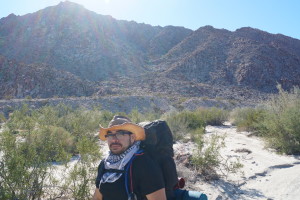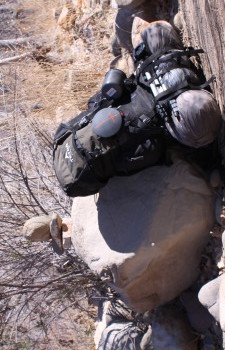The great outdoors, put the rat race on hold and head out to the utter beauty most take for granted and never truly experience.
When you’re just getting started you’re going to want to limit your first few trips to no more than about 10 miles one-way. This is a good distance because it will get you far enough from the road that you will actually get to experience nature. On the other hand, 10 miles is short enough that you can turn around and make it back if your boots are hurting (blister) or you find the pack weighs too much. This starter distance also accounts for difficult terrain- It will be difficult to carrying weight on your back for the first time. As you gain experience and get comfortable with your ability to be out in the wild, you can extend your hike distances.
Backpacking can be hard, especially when your making your way up mountain switchbacks with a bunch of weight in your pack. The idea is to pack your essentials, I will post a checklist soon, and find ways to minimize your gear weigh, without sacrificing comfort. Everyone is different, so there is no one size fits all approach to figuring out your gear. This is another reason to start slow, with shorter, one and two-day trips, which is a great way to figure out what works for you. Over time you will realized what you need to cut back on and when gear you really need to improve, in my case it was boots, tent sleeping pad. On my first trip I took a small, but not light weight tent, service boots, not hiking boots and a yoga mat, not a sleeping pad. 
This was how I learned, little by little, and it’s the recommended. Backpacking gear can get really pricy- $200 for a pack, $250 for a tent, $100 for boots, $120 for a sleeping pad, and it goes on and on. If you just run out and buy a bunch of gear, you will not know what you really want, you won’t know what you have needed in the past, and you might not like backpacking has to offer. This does not have to take a long time, just go out on a few trips and find out what you need. It is shocking just how fast your pack fills up and the weight adds up. However, when you’re newer to backpacking, it’s not recommend to just spend a ton of cash to get that weight down, for the same reasons I mentioned above. Instead, you can simplifying your gear, leaving out components you don’t need. At the beginning, this is the best way to maximize your the equipment you already have and make the most out of your time on the trail.

